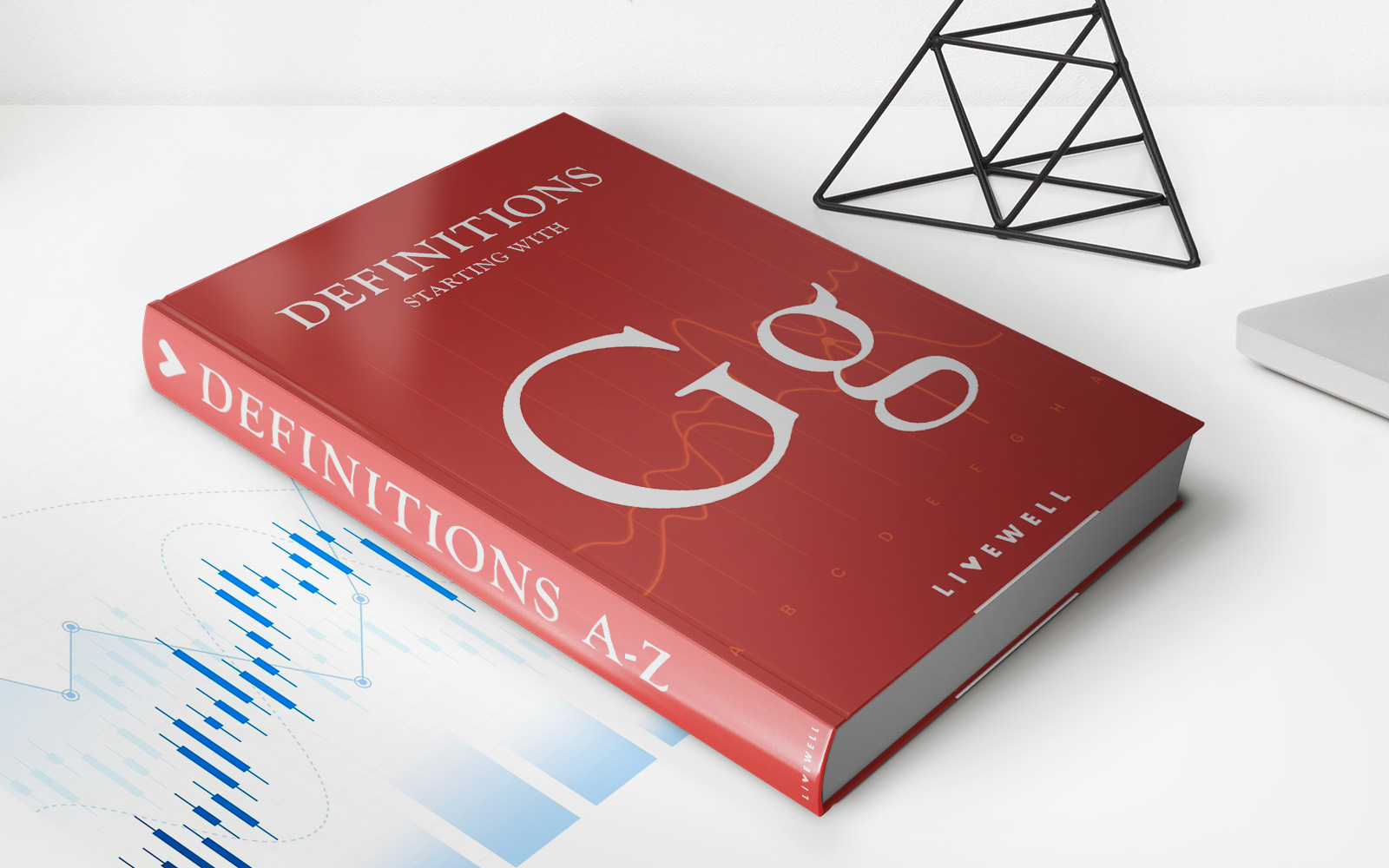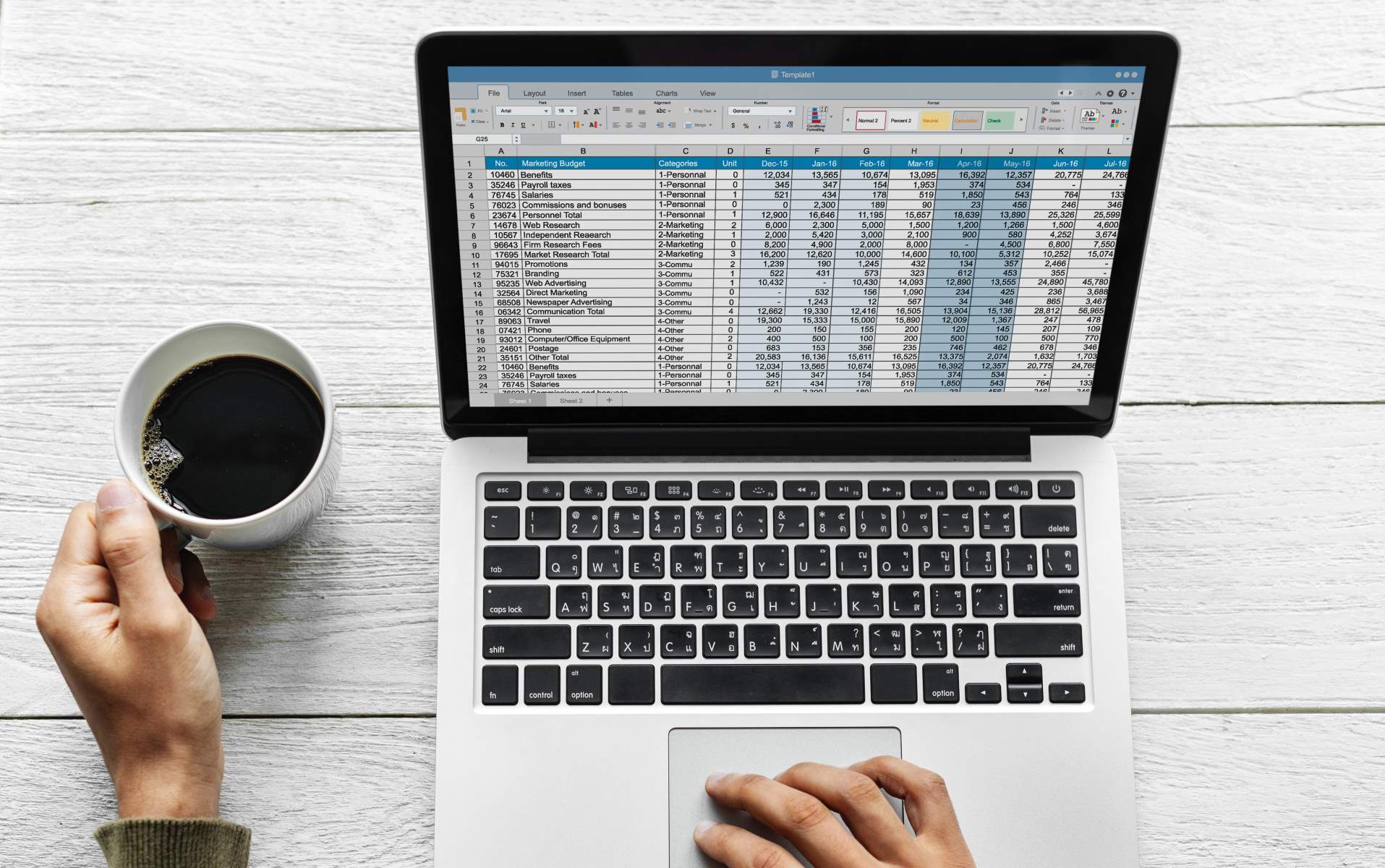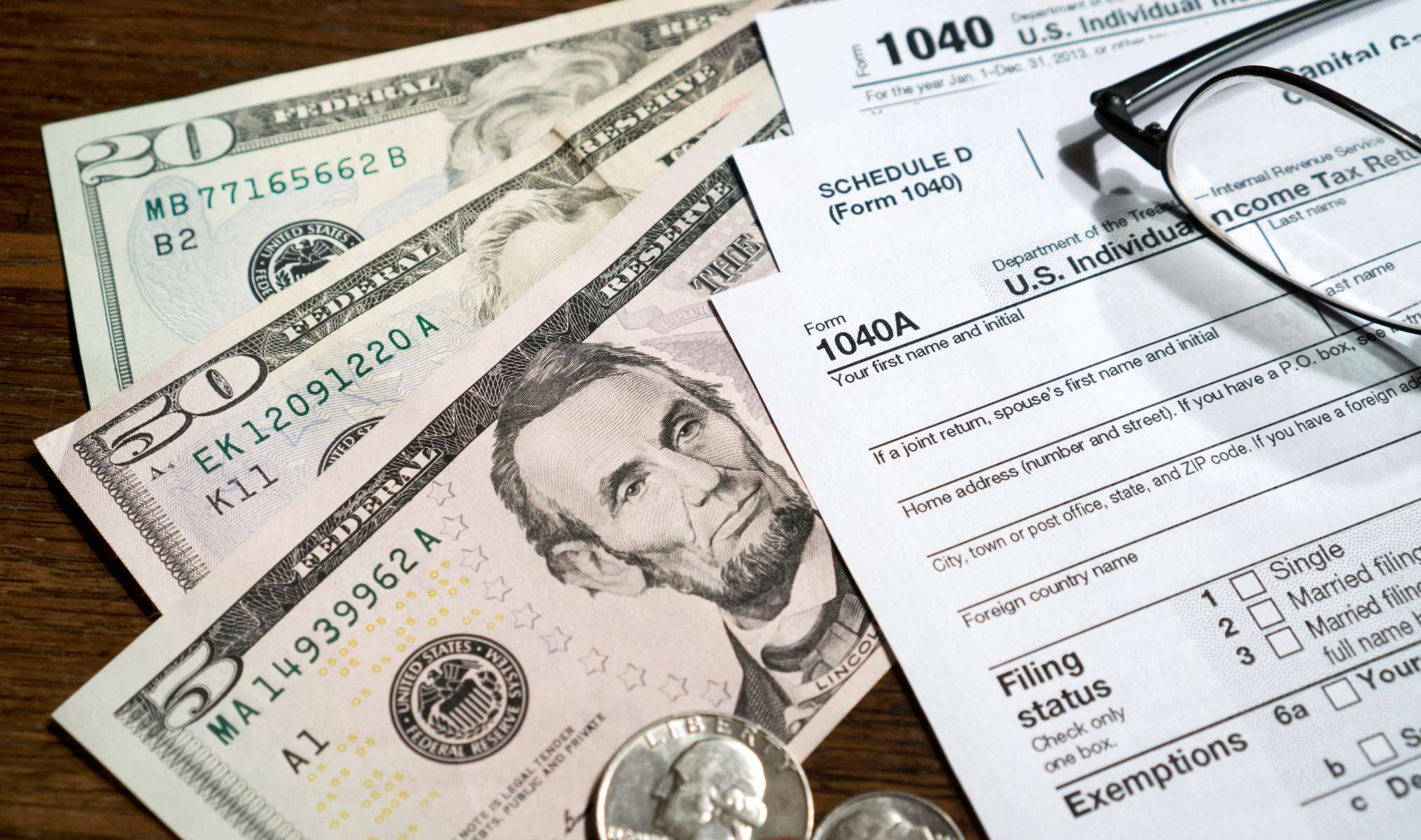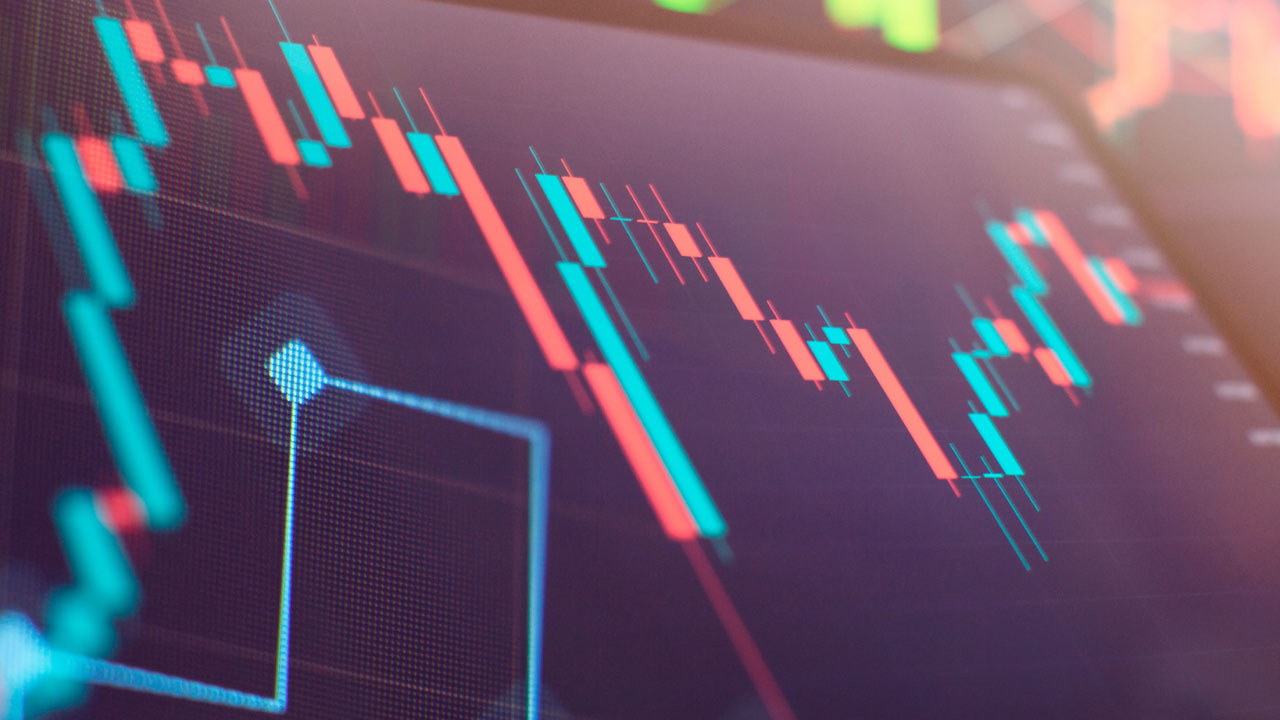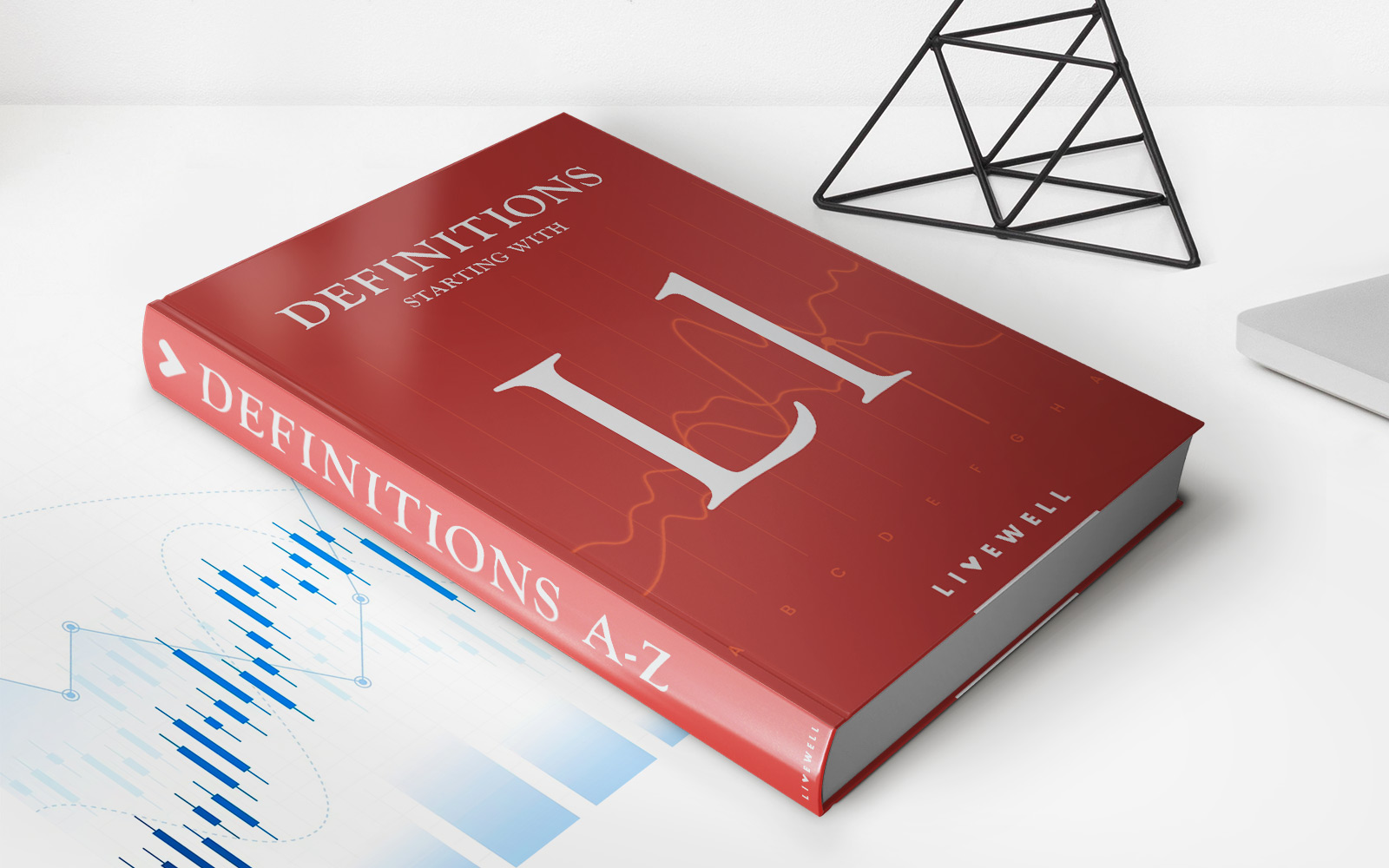

Finance
What Is G & A In Accounting
Published: October 8, 2023
Learn about the significance of G&A in accounting and how it relates to finance. Gain insights into the role of G&A expenses in financial management.
(Many of the links in this article redirect to a specific reviewed product. Your purchase of these products through affiliate links helps to generate commission for LiveWell, at no extra cost. Learn more)
Table of Contents
Introduction
Welcome to the world of accounting, where various terms and acronyms may seem intimidating at first glance. One such term that often crops up in financial discussions is G & A, which stands for General and Administrative expenses. Understanding what G & A expenses are and their role in accounting is essential for anyone who works with financial statements or wants to gain a deeper understanding of a company’s financial health.
When analyzing a company’s financial statements, it’s important to break down the different types of expenses to assess their impact on the business. While some expenses are directly related to the production of goods or services, such as raw materials or labor costs, general and administrative expenses encompass the broader operational costs that are necessary to keep a company running smoothly.
G & A expenses cover a wide range of costs that are not directly associated with the production process. They are essential expenses incurred by a company to support its overall operations, regardless of the specific products or services it offers. From a managerial standpoint, these expenses are crucial for the efficient functioning of a company, as they include expenses related to administration, management, and support functions that are vital to the day-to-day operations of the business.
While G & A expenses may vary from one company to another, they generally include costs such as office rent, utilities, salaries of non-production employees (such as executives, human resources staff, and administrative personnel), insurance, legal fees, accounting services, marketing and promotional expenses, travel and entertainment costs, and other general corporate expenses.
Understanding G & A expenses is not only important for accounting professionals, but it also provides valuable insights to investors, stakeholders, and business owners. By analyzing these expenses, stakeholders can gain a better understanding of the company’s operating efficiency and cost structure.
In the following sections, we will delve deeper into the definition and importance of G & A expenses, provide examples of common expenses that fall under this category, discuss techniques for managing these expenses, and highlight their impact on financial statements. So let’s continue exploring the world of G & A expenses and their role in accounting.
Definition of G & A in Accounting
G & A, which stands for General and Administrative expenses, is a category of costs that are essential for the day-to-day operations of a company but are not directly tied to the production of goods or services. These expenses encompass a wide range of overhead costs that are necessary to support the overall functioning of the business.
General expenses refer to the costs associated with the general management and administration of a company. These expenses are incurred to ensure the smooth running of the organization as a whole. They include costs such as rent for office space, utilities, insurance premiums, property taxes, and legal fees.
Administrative expenses, on the other hand, encompass the costs associated with the support functions of a company. These expenses are incurred to manage and facilitate various administrative activities. They include salaries of non-production employees (such as executives, human resources staff, and administrative personnel), accounting and auditing fees, marketing and promotional expenses, travel and entertainment costs, and other general corporate expenses.
By categorizing expenses under G & A, companies can separate these overhead costs from direct production costs, allowing for a better understanding of the true operating expenses. This distinction is important because G & A expenses do not vary proportionally with the volume of goods or services produced. Instead, they are incurred regardless of the level of production and are necessary for the overall functioning of the business.
G & A expenses play a crucial role in the financial analysis of a company. They provide insight into the company’s operational efficiency and cost structure. By monitoring and analyzing these expenses, management can identify areas of potential cost reduction or optimization.
It is worth noting that the classification of expenses as G & A can vary from one company to another, as different companies may have different operating structures and cost allocations. However, the overall objective remains the same – to categorize expenses that are not directly tied to production under the general and administrative umbrella.
Now that we have established the definition of G & A expenses in accounting, let’s explore why they are of importance in the business world and how they impact financial statements.
Importance of G & A Expenses
G & A expenses play a critical role in the financial management of a company and offer valuable insights into the overall operational efficiency and cost structure. Understanding the importance of these expenses is essential for both internal management and external stakeholders. Here are some key reasons why G & A expenses are important:
Better Cost Allocation: By segregating overhead costs under the G & A category, companies can allocate expenses more accurately. This helps in determining the true cost of goods or services produced and aids in pricing decisions. It also allows for better cost control and identification of areas for cost reduction.
Operational Efficiency Analysis: G & A expenses provide valuable information about the efficiency of a company’s administrative and support functions. By analyzing these expenses, management can identify inefficiencies, streamline processes, and improve overall operational effectiveness.
Management Decision-Making: Knowledge of G & A expenses is crucial for management decision-making. It helps in resource allocation, budgeting, and forecasting. By understanding the magnitude and trends of these expenses, management can make informed decisions about investments, expansion plans, and cost-saving initiatives.
Performance Evaluation: G & A expenses are often used as a benchmark to assess a company’s performance over time or in comparison to industry peers. Monitoring changes in G & A expenses can provide insight into cost management and efficiency improvements, helping to gauge the company’s overall financial health.
Investor and Stakeholder Confidence: External stakeholders, such as investors, lenders, and shareholders, consider G & A expenses when evaluating a company’s financial performance. Transparency and effective management of these expenses instill confidence, demonstrating that the company is effectively controlling its operating costs and allocating resources wisely.
Regulatory Compliance: G & A expenses play a role in ensuring regulatory compliance. By clearly categorizing and reporting these expenses, companies can fulfill their obligations to shareholders, regulators, and financial reporting standards.
Overall, G & A expenses provide a comprehensive view of a company’s overhead costs, administrative efficiency, and operating structure. By understanding and managing these expenses effectively, companies can improve profitability, attract investors, and enhance operational efficiency. In the next section, we will explore some examples of common G & A expenses encountered in various industries.
Examples of G & A Expenses
G & A expenses encompass a wide range of costs that are essential for the day-to-day operations of a company, but are not directly tied to the production of goods or services. These expenses vary across industries and companies, but here are some common examples of G & A expenses:
- Office Rent: The cost of leasing office space or commercial property is a significant G & A expense for most companies. It includes rent, maintenance fees, and property taxes.
- Utilities: Expenses related to utilities such as electricity, water, heating, and internet services are considered G & A expenses. These costs are necessary for maintaining a functioning office environment.
- Salaries and Benefits: Non-production employees, such as executives, administrative staff, human resources personnel, and finance professionals, receive salaries and benefits that fall under G & A expenses. This includes wages, bonuses, healthcare benefits, and retirement contributions.
- Insurance: Premiums paid for business insurance coverage, including general liability insurance, property insurance, workers’ compensation insurance, and professional liability insurance, are considered G & A expenses.
- Legal and Professional Fees: Costs incurred for legal advice, corporate governance, and other professional services, such as audit fees, tax consulting, and regulatory compliance, fall under G & A expenses.
- Marketing and Advertising: Expenses related to marketing campaigns, advertising materials, market research, and promotions are G & A expenses. This includes costs for print or digital advertisements, social media marketing, and trade show participation.
- Travel and Entertainment: Expenses associated with business travel, including airfare, accommodation, meals, and entertainment, are categorized as G & A expenses. This also includes expenses for client meetings and corporate events.
- Office Supplies and Equipment: Costs for office supplies, such as stationery, printers, computers, and software licenses, are part of G & A expenses. Additionally, expenses related to office furniture, maintenance, and repairs are also included.
- Training and Development: Expenditures on employee training programs, professional development courses, seminars, and workshops fall under G & A expenses. These expenses contribute to the growth and skill enhancement of the employees.
It’s important to note that these examples are not exhaustive, and G & A expenses can vary depending on the nature of the business. Different industries may have unique G & A expenses that are specific to their operations. However, these examples provide a general understanding of the types of expenses typically categorized under G & A.
Now that we have explored common examples of G & A expenses, let’s move on to understanding how these expenses can be differentiated from other categories and their impact on financial statements.
Differentiating G & A Expenses from Other Categories
Within a company’s financial statements, it is important to differentiate general and administrative (G & A) expenses from other expense categories to accurately assess the financial health and operational efficiency. While some expenses may overlap or seem similar, understanding how to differentiate G & A expenses from other categories is crucial. Here are some key points to consider:
- Cost of Goods Sold (COGS): One primary distinction is between G & A expenses and the cost of goods sold (COGS). COGS includes direct costs related to the production of goods or services, such as raw materials, direct labor, and manufacturing overhead. G & A expenses, on the other hand, encompass costs that are not directly tied to production, but rather support the overall operations of the company.
- Selling and Marketing Expenses: While marketing and advertising expenses fall under G & A expenses, there may also be separate selling and marketing expenses. Selling expenses include costs associated with the sales force, such as salaries, commissions, and sales-related travel expenses. Marketing expenses focus on advertising and promotional activities. By distinguishing between these categories, companies can better analyze the effectiveness of their marketing efforts versus administrative overhead costs.
- Research and Development (R&D) Expenses: R&D expenses are incurred when a company engages in activities aimed at developing new products or improving existing ones. These expenses are separate from G & A expenses, as they contribute directly to the innovation and development of the company’s offerings.
- Production Overhead Expenses: Production overhead expenses are costs that are necessary for the production process but do not directly relate to the cost of specific materials or labor. These costs may include factory rent, depreciation on production equipment, and maintenance expenses. While they are related to production, they should be distinguished from G & A expenses as they are specific to the production operations.
- Interest and Financing Costs: Interest and financing costs, such as loan interest and bank fees, are separate from G & A expenses. These costs reflect the expenses associated with borrowing money or obtaining financing for a company’s operations or investments.
- Depreciation and Amortization: Depreciation and amortization expenses represent the allocation of the cost of long-lived assets over time. While these expenses are important for calculating net income, they are not considered a part of G & A expenses. They relate to the historical cost of acquiring assets, rather than ongoing operational costs.
Properly differentiating G & A expenses from other expense categories allows for a more accurate analysis of a company’s financial statements. It helps in assessing the efficiency of administrative operations and provides insights into cost control measures. Proper categorization and understanding of these expenses are essential for making informed decisions about resource allocation, budgeting, and overall financial planning.
Now that we have discussed how to differentiate G & A expenses from other categories, let’s explore the impact of G & A expenses on financial statements.
Impact of G & A Expenses on Financial Statements
G & A expenses, as an integral part of a company’s cost structure, have a significant impact on the financial statements. These expenses influence key financial metrics and provide insights into the company’s operational efficiency. Here’s a closer look at the impact of G & A expenses on financial statements:
- Income Statement: G & A expenses are typically reported in the income statement as operating expenses. They reduce the company’s net income by directly offsetting revenue. Higher G & A expenses result in lower operating income and net profit. Monitoring trends in G & A expenses can help identify cost management issues or improvements in operational efficiency.
- Profitability Ratios: G & A expenses directly affect profitability ratios such as gross profit margin, operating profit margin, and net profit margin. Higher G & A expenses reduce profit margins, indicating lower profitability. It is essential for companies to manage G & A expenses effectively to maintain healthy profit margins.
- Cash Flow Statement: G & A expenses are reflected in the operating activities section of the cash flow statement. They represent cash outflows required to support administrative and support functions. Efficient management of G & A expenses ensures sufficient cash flow for daily operations and investing or financing activities.
- Balance Sheet: G & A expenses indirectly impact the balance sheet by reducing net income, which decreases retained earnings. This, in turn, affects shareholder equity. G & A expenses do not directly impact the company’s assets or liabilities but can influence the overall financial health of the business.
- Investor Perception: G & A expenses are closely monitored by investors and stakeholders for insights into a company’s financial health. Excessive or inefficient G & A expenses may raise concerns about cost control and operational efficiency, potentially impacting investor perception and stock performance.
It is important to note that while G & A expenses can impact the financial statements, their impact varies depending on the nature of the business and industry. Comparing G & A expenses with industry benchmarks and historical trends helps evaluate the company’s performance and identify areas for improvement.
Companies should strive to strike a balance between managing operating costs effectively while ensuring adequate support for administrative functions. By monitoring and controlling G & A expenses, management can optimize operational efficiency, enhance financial performance, and drive long-term growth.
In the next section, we will explore techniques for managing G & A expenses and optimizing cost control measures.
Managing G & A Expenses
Effective management of general and administrative (G & A) expenses is crucial for companies to maintain financial health and operational efficiency. Optimizing cost control measures and finding ways to streamline administrative functions can lead to significant savings and better utilization of resources. Here are some strategies for managing G & A expenses:
- Expense Analysis: Conduct a thorough analysis of G & A expenses to identify areas of potential cost reduction. Evaluate the necessity and effectiveness of each expense category and assess if there are any opportunities for consolidation or elimination.
- Budgeting and Forecasting: Create a detailed budget for G & A expenses and regularly review and update it. Forecasting future expenses can help identify potential cost increases and allow for proactive adjustments to minimize their impact.
- Supplier Negotiations: Regularly review contracts and agreements with suppliers and negotiate favorable terms. Explore potential discounts, volume-based pricing, or long-term contract benefits that can help lower G & A expenses.
- Technology Utilization: Leverage technology solutions to automate administrative processes, minimize manual effort, and reduce costs. Implementing efficient software and systems can streamline operations and improve productivity in areas such as accounting, human resources, and procurement.
- Employee Efficiency: Evaluate employee productivity and workload distribution. Streamline workflows, delegate responsibilities effectively, and foster a culture of efficiency to optimize workforce utilization and minimize unnecessary redundancies.
- Training and Development: Invest in employee training and development programs to enhance skills and knowledge. Well-trained employees are more likely to be efficient, resulting in better utilization of resources and potentially reducing G & A expenses in the long run.
- Expense Policies and Controls: Establish clear expense policies and protocols to control spending and prevent wasteful expenses. Encourage employees to be mindful of their spending and implement approval processes for non-essential expenditures.
- Regular Performance Monitoring: Continuously monitor G & A expenses and compare them against industry benchmarks and historical data. Identify any significant variances and investigate the causes, enabling timely corrective actions when necessary.
- Outsourcing: Consider outsourcing non-core G & A functions to specialized service providers. Outsourcing can often provide cost savings and access to expertise while allowing the company to focus on its core business activities.
Implementing these strategies requires collaboration between various departments and a commitment to continuous improvement. Management should regularly review the effectiveness of cost control measures and update strategies as needed to adapt to changing business needs and market conditions.
By effectively managing G & A expenses, companies can optimize resource allocation, enhance profitability, and improve overall operational efficiency. In the next section, we will explore some common techniques for analyzing G & A expenses to gain deeper insights into their impact on a company’s financial performance.
G & A Expense Analysis Techniques
Analyzing general and administrative (G & A) expenses is crucial for understanding cost structures, identifying areas for improvement, and optimizing operational efficiency. By employing various analysis techniques, companies can gain deeper insights into their G & A expenses and make informed decisions to manage them effectively. Here are some common G & A expense analysis techniques:
- Variance Analysis: Conduct a variance analysis by comparing actual G & A expenses to budgeted or historical expenses. Identify significant variances and investigate the reasons behind them. This analysis helps pinpoint areas of over or under-spending and allows for timely corrective actions.
- Expense Benchmarks: Compare G & A expenses with industry benchmarks and competitors. Benchmarking helps determine if the company’s G & A expenses are within reasonable ranges and highlights areas where cost-efficiency improvements can be made.
- Cost Allocation: Analyze the allocation of G & A expenses across different departments or cost centers. Understand how costs are distributed and identify areas of high or low cost allocation. This analysis can reveal opportunities for realignment and optimization.
- Pareto Analysis: Apply the Pareto principle, also known as the 80/20 rule, to identify the few key G & A expenses that contribute to a significant portion of the total expenses. Focus on optimizing these major cost drivers to achieve maximum impact on cost reduction.
- Activity-Based Costing (ABC): Implement an activity-based costing system to allocate G & A expenses based on the activities that consume them. This technique helps assign costs more accurately and identifies areas where resources are underutilized, enabling better cost management.
- Data Visualization: Use data visualization techniques, such as charts or graphs, to present G & A expense data in a more understandable format. Visual representations help identify patterns, trends, and outliers, facilitating better decision-making and prioritization of cost-saving initiatives.
- Return on Investment (ROI) Analysis: Evaluate the return on investment for G & A expenses by analyzing the impact they have on revenue generation or efficiency improvements. This analysis helps justify the value of certain expenses and identify areas where adjustments or reallocation may be necessary.
- Continuous Improvement: Create a culture of continuous improvement by regularly reviewing and adjusting G & A expenses. Encourage employee suggestions for cost-saving ideas and incorporate feedback into the expense management process. Emphasize ongoing analysis and improvement to ensure long-term cost control.
It’s important to remember that different analysis techniques may be more suitable for specific industries or company contexts. Choose the techniques that align with the organization’s goals, available resources, and desired level of detail. Combining multiple techniques can provide a comprehensive understanding of G & A expenses and drive effective cost management.
By employing these analysis techniques, companies can gain valuable insights into their G & A expenses, identify areas for improvement, and make data-driven decisions. This leads to better control of expenses, enhanced operational efficiency, and ultimately, improved financial performance.
Now that we have explored different analysis techniques for G & A expenses, let’s conclude our discussion by summarizing the key points we have covered.
Conclusion
In conclusion, general and administrative (G & A) expenses form a crucial component of a company’s cost structure and play a significant role in financial analysis. These expenses encompass the necessary operational costs that support the overall functioning of a business but are not directly tied to the production of goods or services.
Understanding and managing G & A expenses is vital for maintaining financial health, optimizing operational efficiency, and making informed business decisions. By differentiating G & A expenses from other categories, companies can accurately assess their cost structure and gain valuable insights into their administrative functions.
Examples of common G & A expenses include office rent, utilities, salaries and benefits, insurance, legal and professional fees, marketing and advertising costs, travel and entertainment expenses, and office supplies. However, it is important to note that these expenses may vary based on industry and company-specific requirements.
G & A expenses have a direct impact on financial statements, including the income statement, profitability ratios, cash flow statement, and balance sheet. Monitoring these expenses, comparing them to industry benchmarks, and implementing cost control measures are essential for optimizing resource allocation and improving profitability.
Through various techniques such as expense analysis, benchmarking, cost allocation, data visualization, and ROI analysis, companies can gain deeper insights into their G & A expenses. This enables them to identify areas for improvement, track performance, and make informed decisions to manage these expenses efficiently.
In summary, effective management of G & A expenses requires continuous evaluation, proactive cost control measures, and a focus on operational efficiency. By optimizing these expenses, companies can strengthen their financial position, attract investors, and enhance overall business performance.
So, whether you are a financial professional or a business owner, understanding and managing G & A expenses is crucial for maintaining a healthy financial foundation and driving sustainable growth in today’s competitive business landscape.
